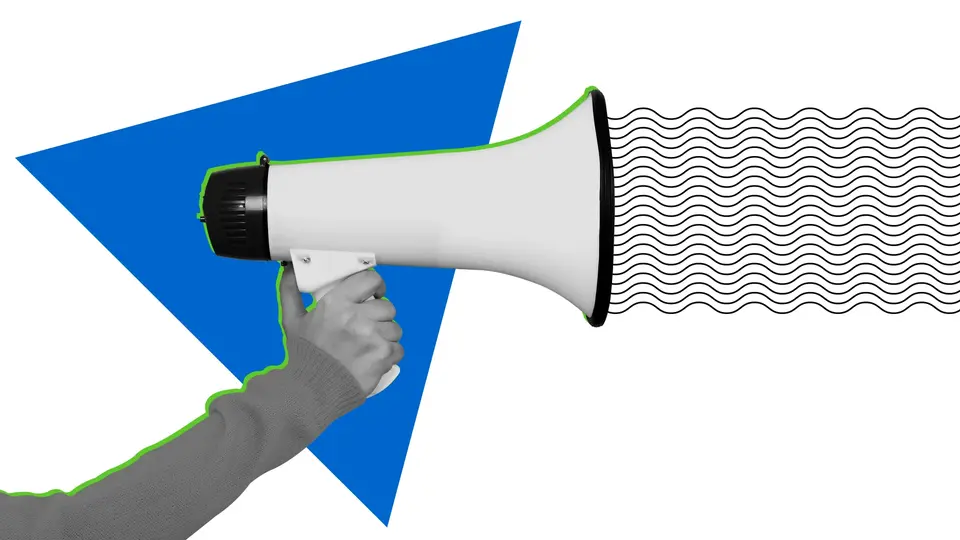Article
‘To stow or not to stow, that is the question’ – an interview with North America Claims Manager Darren Askari
5 July, 2024
By : GCube Insurance


Severe convective storms (SCS) are increasingly posing a significant threat to the US solar industry. These storms bring about complex compound risks that impact the reliability and profitability of solar projects.
Solar project operators and developers are now faced with navigating a combination of high wind speeds alongside periods of intense hail. With the increasing frequency and severity of these events in North America, the conversation is turning to the need to balance and consider wind speed and wind loading in hail exposure for these projects.
We spoke with Darren Askari, North America Claims Manager, to understand more about the evolving risk profile and how SCS is impacting the renewables insurance market.
What are some of the recent losses that you have seen?
We’ve seen a significant uptick in hail activity in the past few years, particularly in 2022 and 2023, which brought substantial and unforeseen losses to solar projects. To give you an idea of the magnitude of these losses, in 2022 we saw four large events that caused between $30 and $50 million in insurable losses, but this did not include the components that were either underinsured or not insured. Continuing into 2023 we saw a lot of activity in the Upper Midwest, including Michigan, Minnesota and Nebraska. Most recently, in March, thousands of solar panels at the Fighting Jays Solar Farm near Needville in Fort Bend County were damaged by a powerful hailstorm.
However, the 2024 hail season has only just begun and we anticipate there may be further substantial losses across the solar industry.
Table: US hail losses (2019 – 2024)
Source: GCube Insurance
|
Loss Size |
No of events (as of 13.05.24) |
No of events (as of 10.07.24) |
|
$50m-$100m |
1 |
1 |
|
$10m-$50m |
6 |
14 |
|
$1m-$10m |
4 |
4 |
Why are these losses difficult to mitigate?
Large-scale solar projects are increasingly being built in high-risk locations with inadequate monitoring, modelling, and technological solutions, making it more challenging to mitigate the potential risks.
For example, in 2023 a site received a hail warning just 30 minutes before impact, but stowing the modules takes 45 minutes and therefore would have potentially placed the panels in a worse position.
Also, as projects have rapidly scaled up in size and value, we are seeing corresponding increases in the scale of losses across the industry.
The size of a project also plays a significant role in its vulnerability to severe convective storms, with larger projects facing greater exposure due to their larger surface areas. Many solar projects are also constructed in previously uninhabited regions which are prone to intense hail and high winds. Therefore, this increases the potential for damage.
How does this evolving risk profile impact the insurance of these projects?
The economics of projects have changed, and it is becoming harder to insure and finance projects. That is because insurers are implementing higher premiums for both the construction and operation phases of the solar project due to the increase in SCS risk. Deductibles are also increasing, and sub-limits are being imposed on SCS, which includes wind and hail.
As deductibles increase, it has the potential to leave a significant proportion of the loss underinsured.
How are project owners and developers navigating the different risks brought by hail and wind?
When strong winds exceed the design parameters, modules are automatically positioned flat to mitigate damage. However, this setup overlooks the risk of hail, which often accompanies high winds, leaving the modules vulnerable and potentially causing significant loss. With most of the large losses that the insurance market has seen, the solar panels have been stowed for high wind and therefore more exposed for hail.
Project operators must decide whether or not they’re going to stow for wind or hail because each one presents its own risk. What we’ve seen is that mitigation is automatic, and the default position is to stow for wind. Then if you know there's hail coming in, there has to be a manual override to stow for hail. Therefore, somebody in the control room must monitor the project to activate the hail stow system.
However, this puts solar operators and owners in a ‘damned if you do and damned if you don’t’ situation.
Are there any solutions on the market?
Cheap and available land is often in these high-hazard areas, so the solution is going to have to be technology-driven if projects want to be able to secure insurance and have larger limits.
There are plenty of predictive and monitoring software in the market, but human intervention is still needed. However, there is not a lot of historical data to feed into the software or for humans to use because weather monitoring systems do not tend to be placed in remote, SCS-prone areas, where these projects are increasingly being built.
Alternatively, to make the modules more climate resilient, we are seeing project owners and developers invest in thicker modules, net systems or thin film that sits on top of the panel. However, it is important to consider the potential loss in efficiency. Another option would be stronger racking systems so that the panels can withstand high winds and do not have to be stowed in a tabletop position.
We have seen project owners and developers who have more aggressive techniques; however, this is all adding to the cost of projects, either in technology or workforce. As a result, profitability is being eroded.
To tackle hail risks we need swift action and collaboration among manufacturers, developers, operators and insurers. While there isn’t a clear answer, we do know that site and equipment selection are becoming imperative when designing solar projects. Download our latest market insights report, ‘Hail No!’ for more information about the solutions asset owners can deploy to mitigate the hail risk.